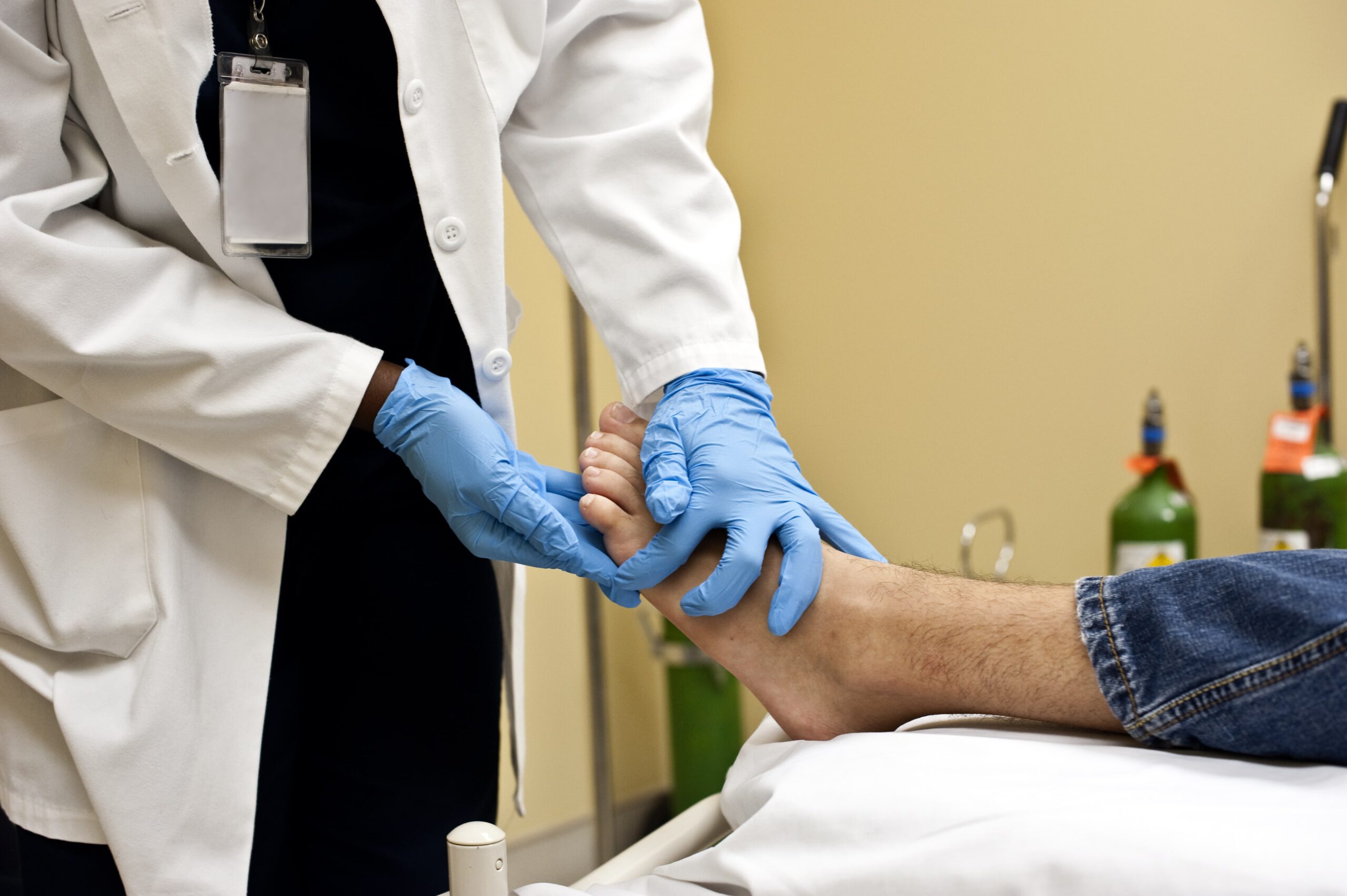Diabetic Foot Ulcers
Diabetic foot ulcers are one of the major complications of diabetes. Between 19 and 34% of all diabetics will develop a foot ulcer at some point in their lives (1). Often underestimated, or even unrecognised by the patients affected, it can lead to complications such as an infection requiring hospitalisation, or even in the worst …









